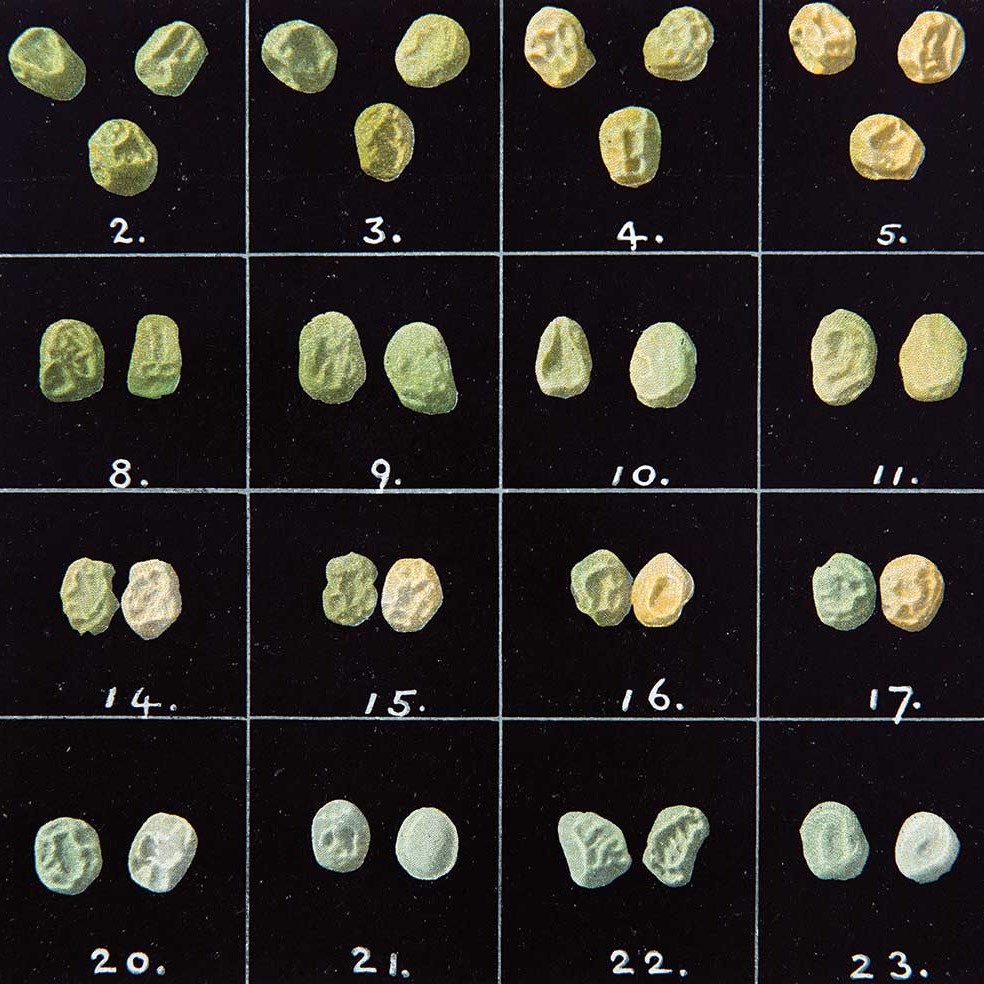What's your Flavr?
CC0 via Pexels
It’s February 5th, 1996, and an unusual product has appeared on the shelves of UK supermarkets for the very first time. Sainsbury’s and Safeway stores are stocking a new type of tomato puree, made from genetically modified tomatoes – the first time any GM plant has been sold in our shops.
Two years earlier, the US FDA had approved Flavr Savr - the world’s first commercially-available genetically modified crop, made by the company Calgene – following extensive safety testing. The tomatoes had been modified to carry a piece of DNA designed to turn down the activity of a gene called polygalacturonase, or PG, which breaks down the cell walls inside the fruits, making them ripen and then rot.
Regular commercially-grown tomatoes are harvested while green and then ripened in warehouses by blasting them with ethylene gas, the natural ripening agent produced by fruits. But this means that they are often tasteless and watery – not what you want for a rich puree. Turning down the PG gene would keep the tomatoes in a fresh state for longer so they could be ripened on the vine, making for a tastier tom.
In the UK, GM tomato products were made from fruits modified in the same way as the original Flavr Savr, produced in California under licence by the agrochemical company Zeneca. But although the GM puree was cheaper than its unmodified counterpart and sold reasonably well, there was a problem.
The new breed of GM foods hit the shelves in the face of strong pushback from environmental groups such as Friends of the Earth and Greenpeace, who were deeply concerned about the environmental, economic, social and health implications of the new technology.
The media ran news stories about ‘Frankenfoods’ – many of which still echo in social media coverage of GM foods today.
Concerns increased even further in 1998, when researcher Dr. Arpad Pusztai announced unpublished results suggesting that he had found out that GM potatoes could induce health problems in rats. Even then-Prime Minister Tony Blair’s statement that he had eaten GM foods didn’t help when he did a U-turn a year later, saying, “There's no doubt that there is potential for harm, both in terms of human safety and in the diversity of our environment, from GM foods and crops." Thanks, Tony.
Flavr Savr products lasted just three years on the market before they were withdrawn, with Calgene’s new owner Monsanto explaining that poor harvests and high shipping costs made it unprofitable (although some people have suggested that the company’s expertise in genetics but inexperience in the business of growing and shipping tomatoes might have also played a part in the product’s failure).
Rather than calming down, concerns about GM crops have continued to rise, particularly in the US, fuelled by online activism and social media. As well as worrying about the health and environmental impacts, some people are concerned about a reduction in biodiversity due to GM crops, and that large amounts of power and money in the agricultural world could be concentrated in the hands of relatively few large corporations. These are arguments that can’t be ignored and have to be addressed if GM crops are to have a future.
But there are also many people who feel that carefully-regulated genetic technology is an important tool to help feed the world. Plant geneticists in academic labs and commercial companies continue to investigate ways to make food crops healthier, tastier, hardier or more environmentally friendly, whether that’s through conventional breeding or genetic modification, including precise gene editing techniques like CRISPR.
For example, researchers are studying the chemicals produced by tomatoes that make tomatoes taste particularly delicious, in the hope of identifying genes that could be conventionally bred or artificially induced into our insipid salads.
Another project is testing out whether a gene from peppers – a close genetic cousin of tomatoes – could make the plants more resistant to bacterial wilt, which would mean that they need less polluting copper-based pesticide to grow. And at the John Innes Centre in Norwich, Professor Cathie Martin is using GM technology to develop beautiful purple tomatoes that have high levels of health-giving polyphenols.
So although Flavr Savr may no longer be flavour of the month, I do feel that genetic science still has a part to play in helping to feed a growing global population living in the face of climate change.
Further reading:
Cathie Martin’s GM tomatoes. Photo: Kat Arney, all rights reserved





